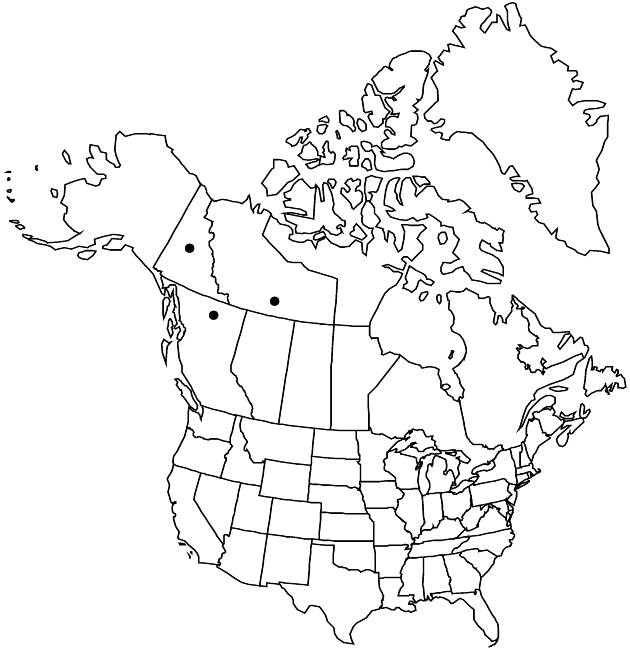Difference between revisions of "Senecio sheldonensis"
Canad. Field-Naturalist 64: 43. 1950.
Endemic
imported>Volume Importer |
imported>Volume Importer |
||
| Line 50: | Line 50: | ||
|publication year=1950 | |publication year=1950 | ||
|special status=Endemic | |special status=Endemic | ||
| − | |source xml=https:// | + | |source xml=https://bitbucket.org/aafc-mbb/fna-data-curation/src/2e0870ddd59836b60bcf96646a41e87ea5a5943a/coarse_grained_fna_xml/V19-20-21/V20_1272.xml |
|tribe=Asteraceae tribe Senecioneae | |tribe=Asteraceae tribe Senecioneae | ||
|genus=Senecio | |genus=Senecio | ||
Latest revision as of 20:59, 5 November 2020
Perennials, 30–40(–50) cm (caudices branched, fibrous-rooted). Herbage glabrous or with scattered hairs near leaf bases and among heads. Stems single or loosely clustered. Leaves evenly distributed; petiolate or subsessile; blades lanceolate, 4–10 × 2–4 cm, bases ± tapered, margins denticulate (distal leaves sessile, smaller). Heads (1–)3–5(–6) in cymiform arrays. Calyculi of 3–7 bractlets (0.5–3 mm). Phyllaries ± 13, 7–10 mm, tips black (hairy). Ray florets ± 8; corolla laminae ± 10 mm. Cypselae glabrous.
Phenology: Flowering late Jul–mid Aug.
Habitat: Subalpine meadows and valleys
Elevation: 1200–1800 m
Distribution

B.C., N.W.T., Yukon.
Discussion
Senecio sheldonensis is infrequently collected and poorly understood. The treatment here is provisional.
Selected References
None.
Lower Taxa
None.